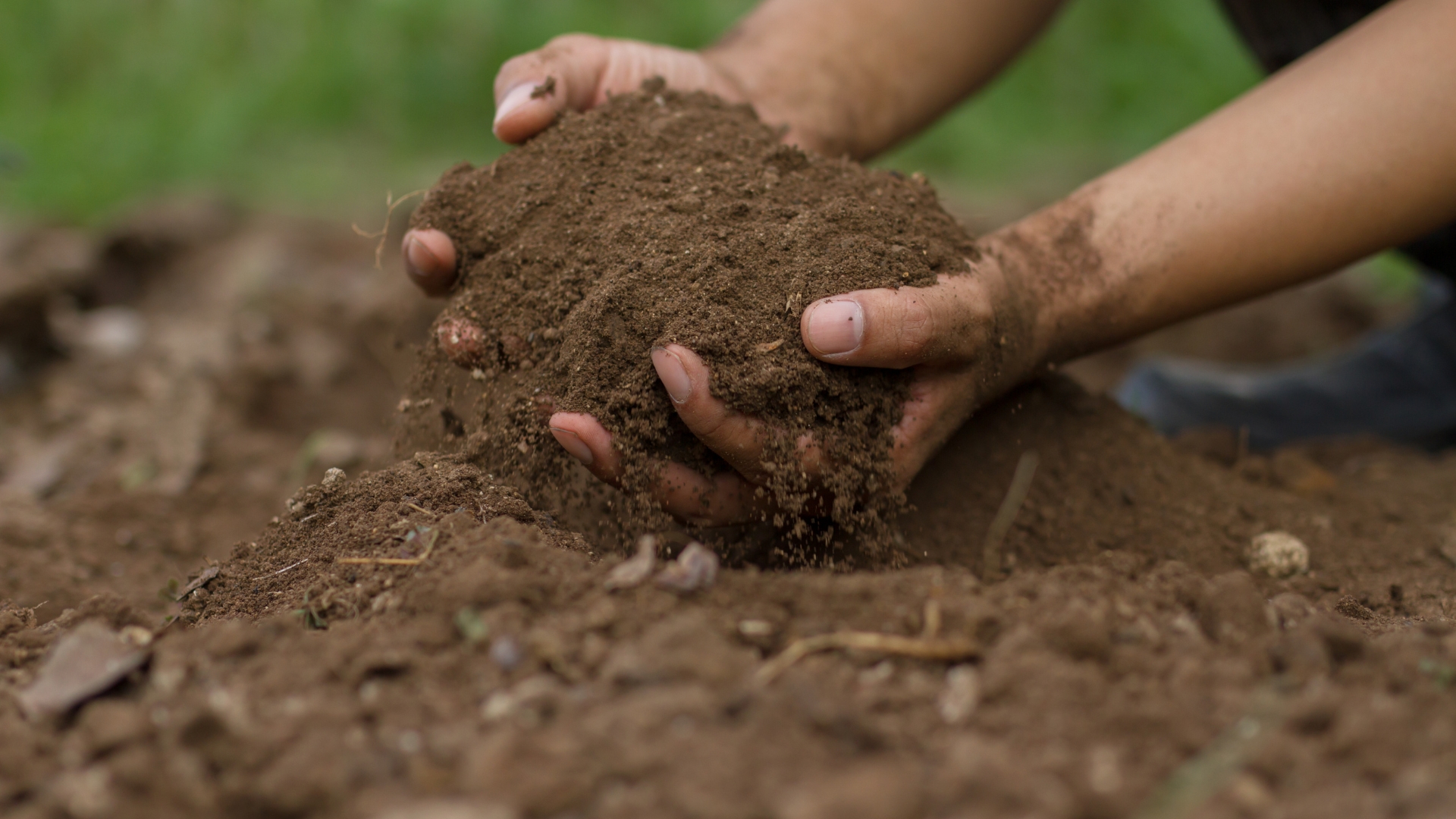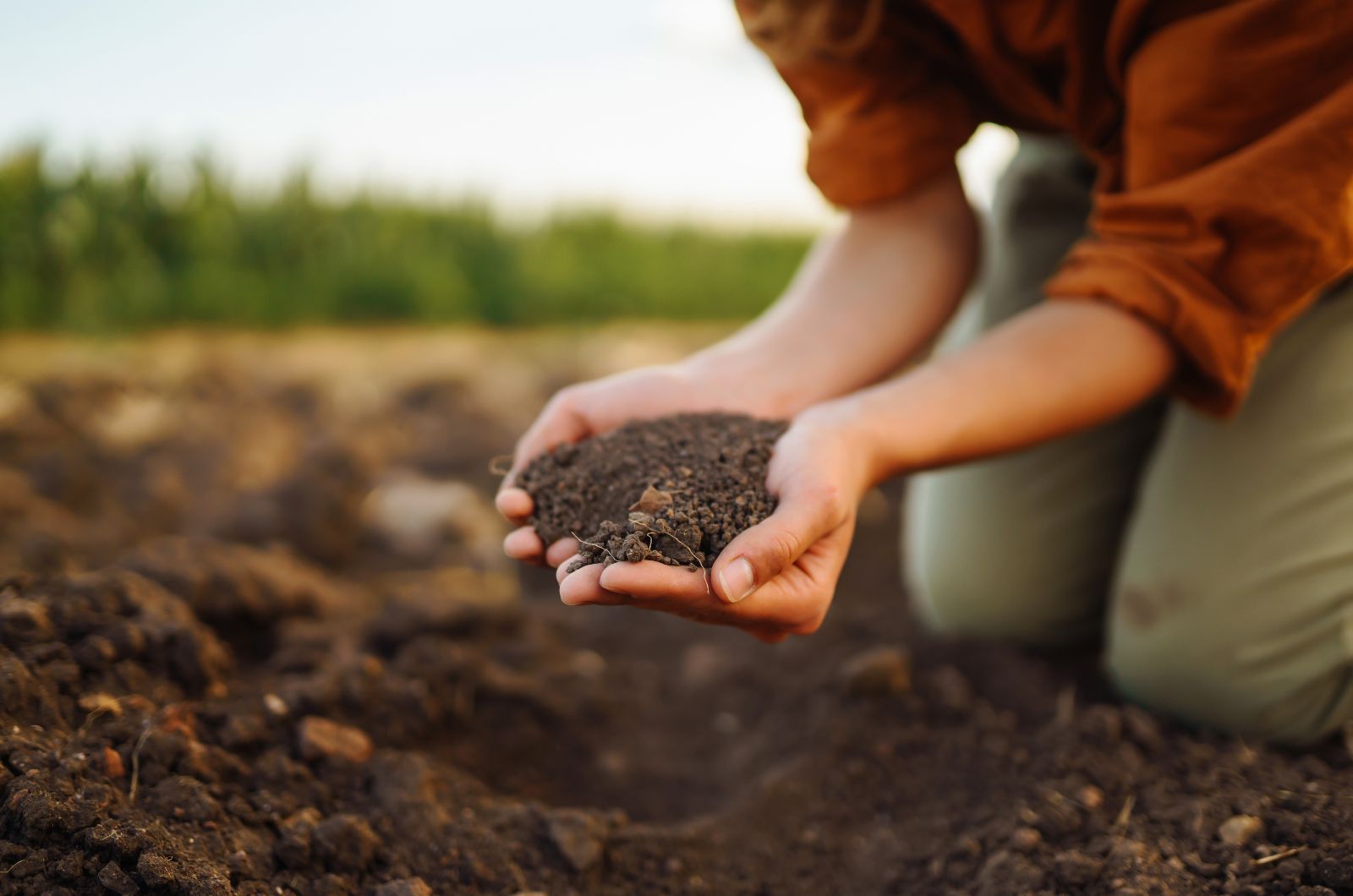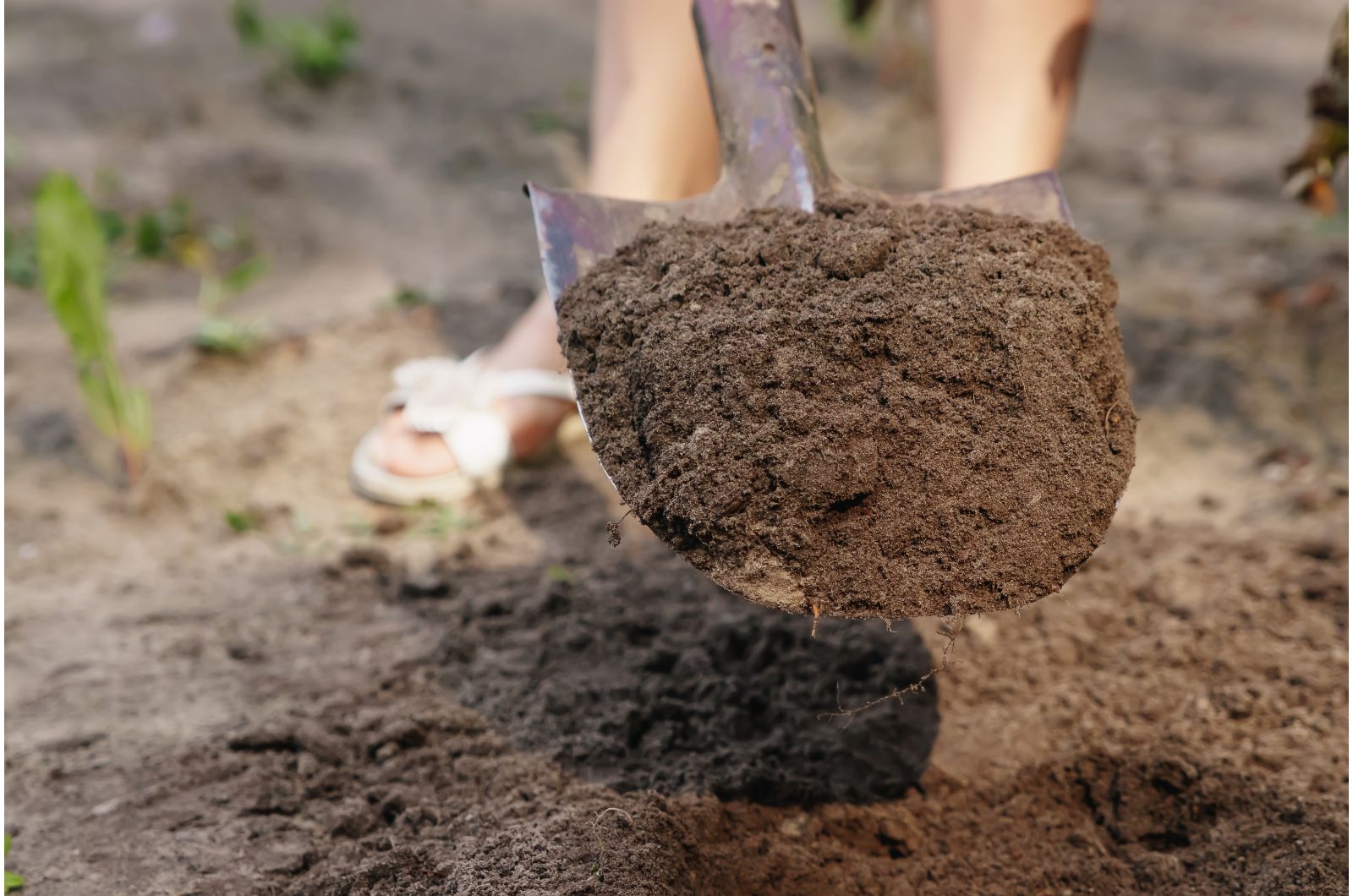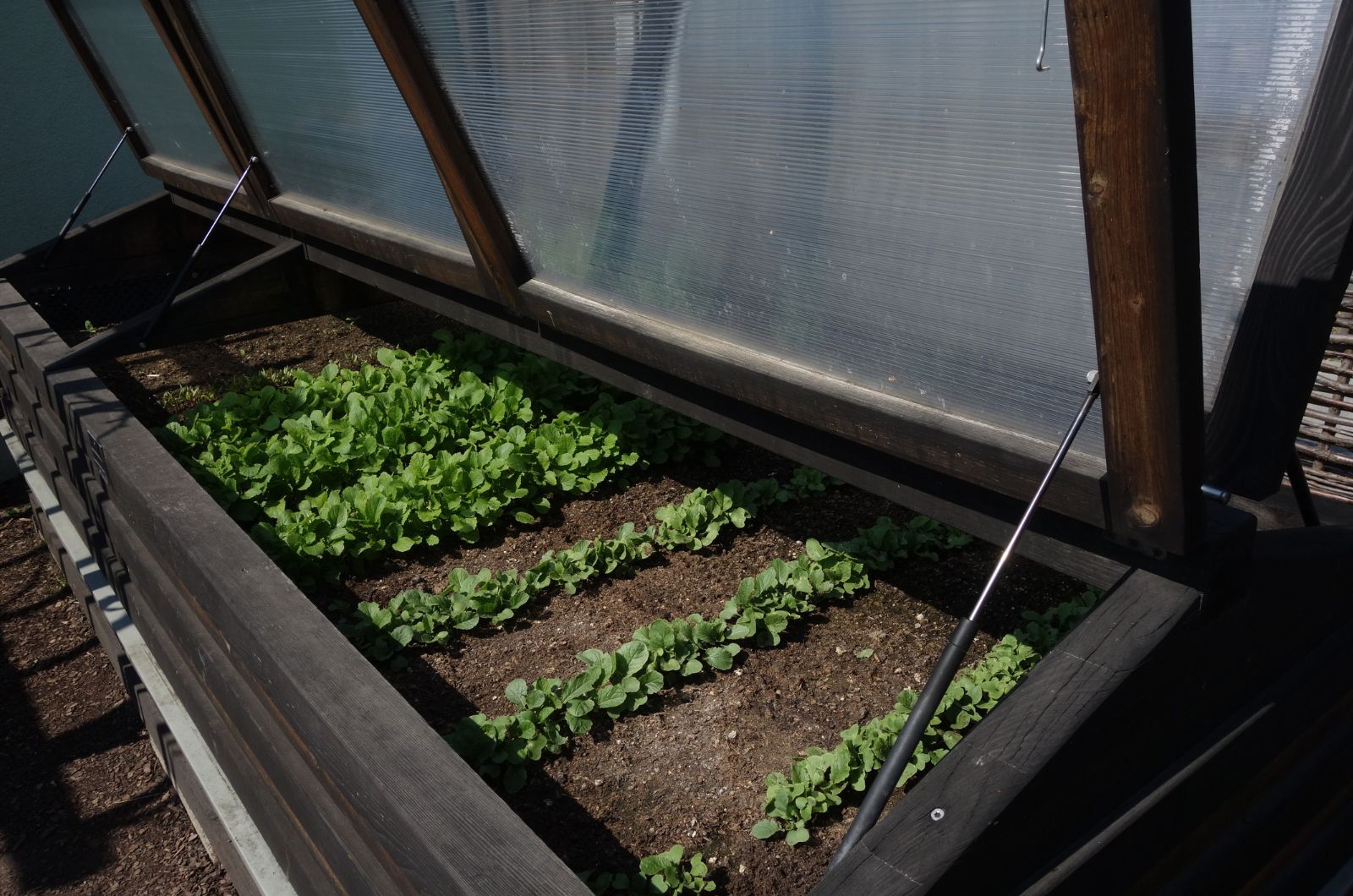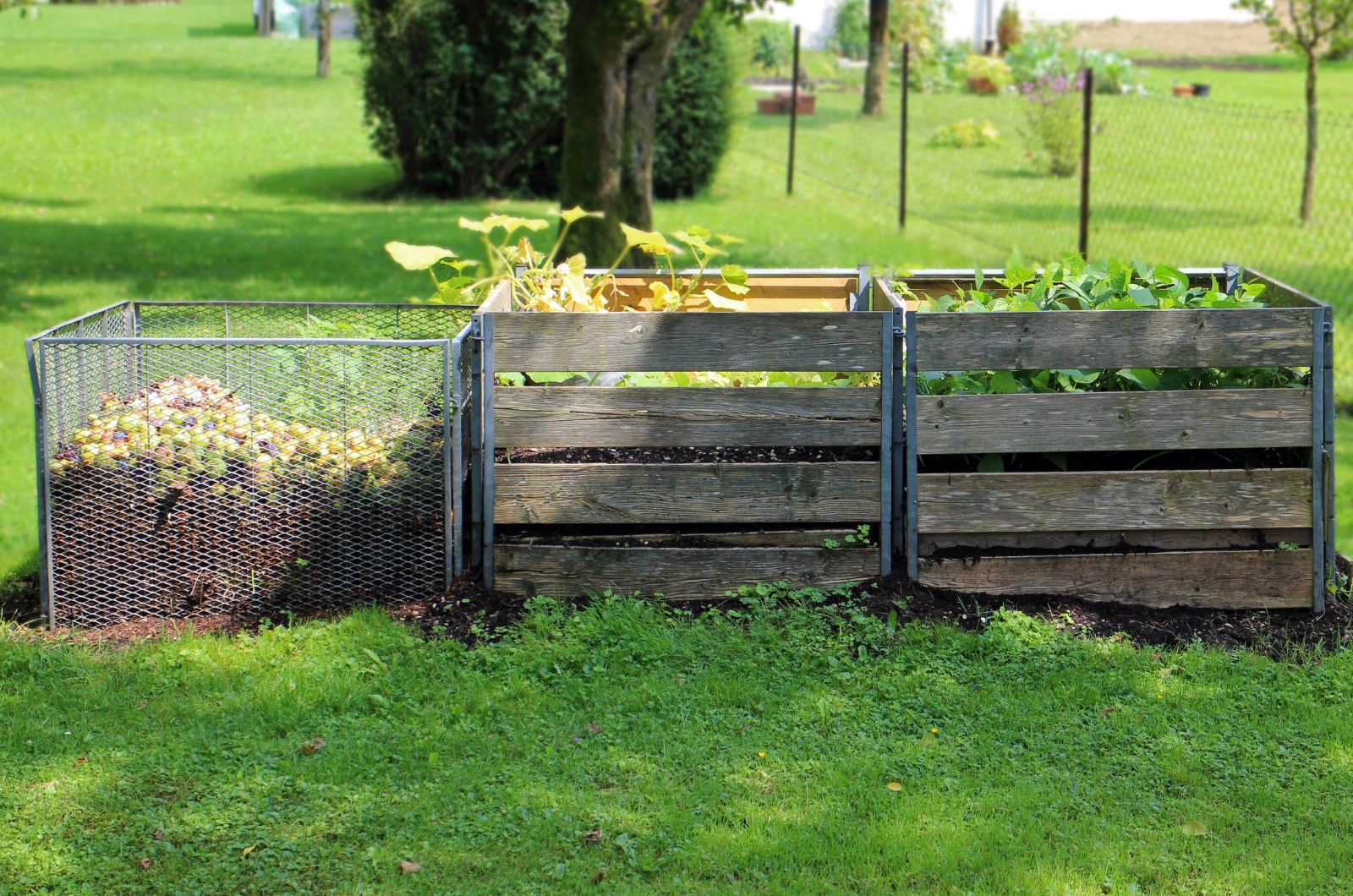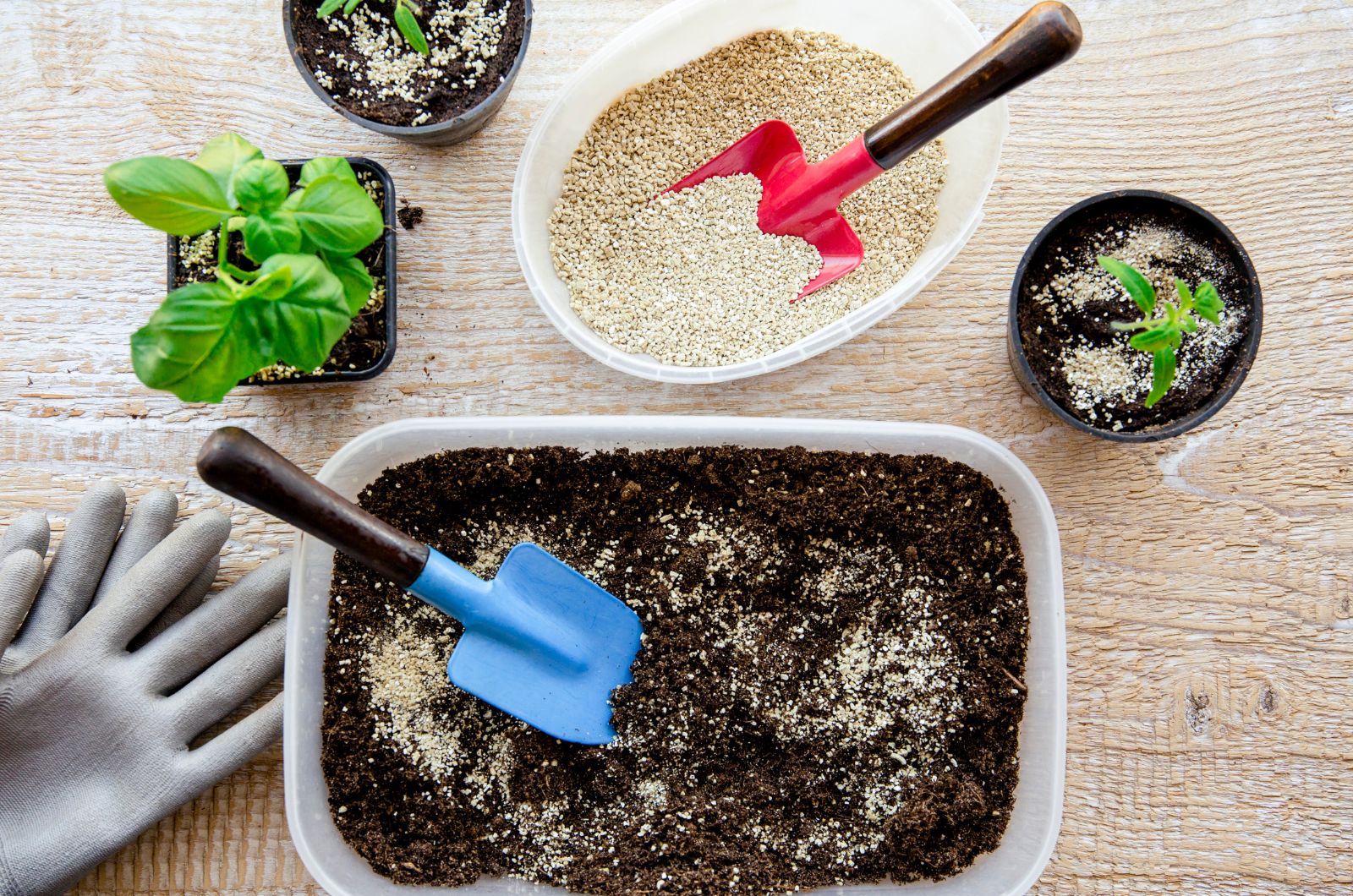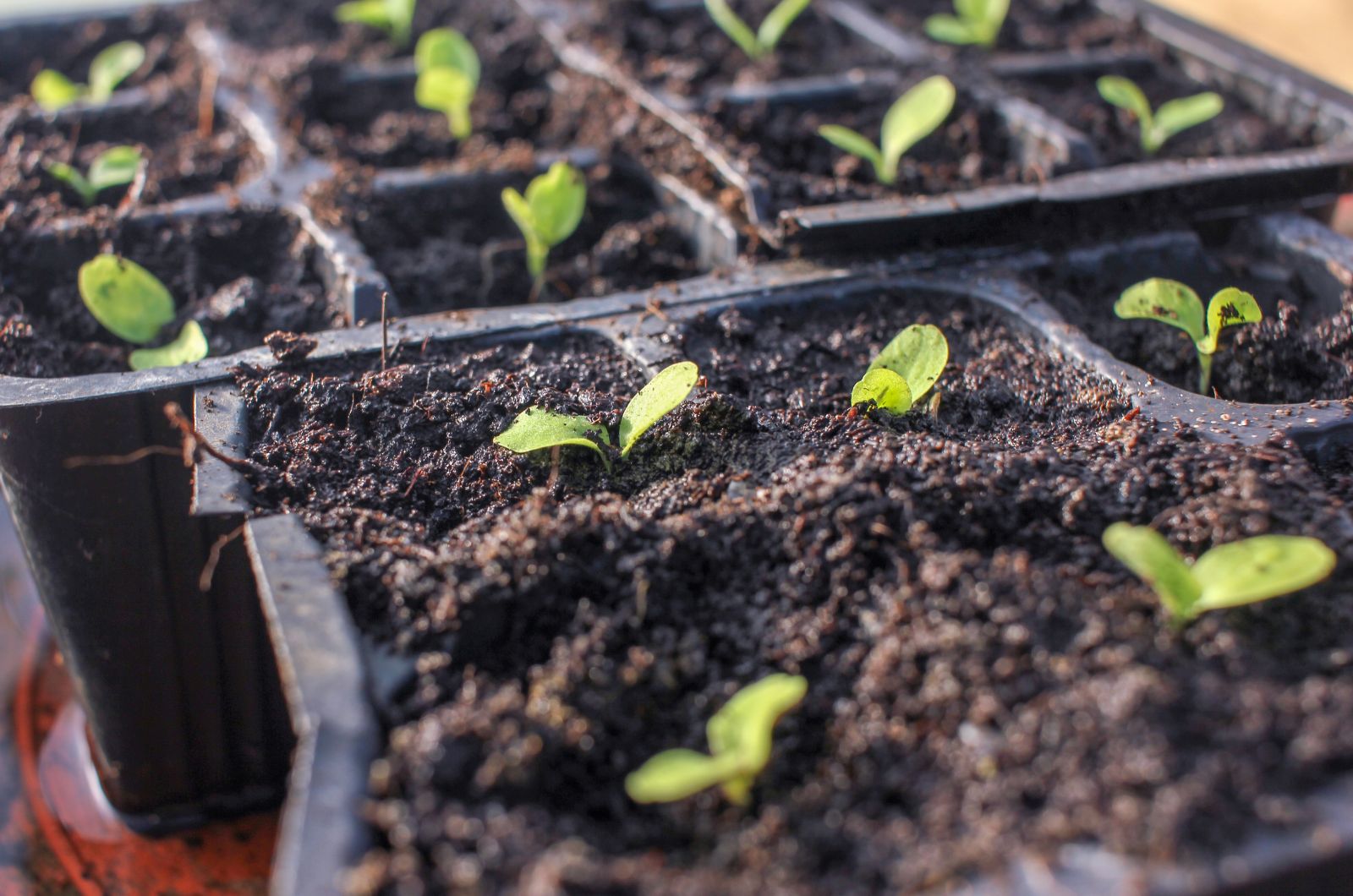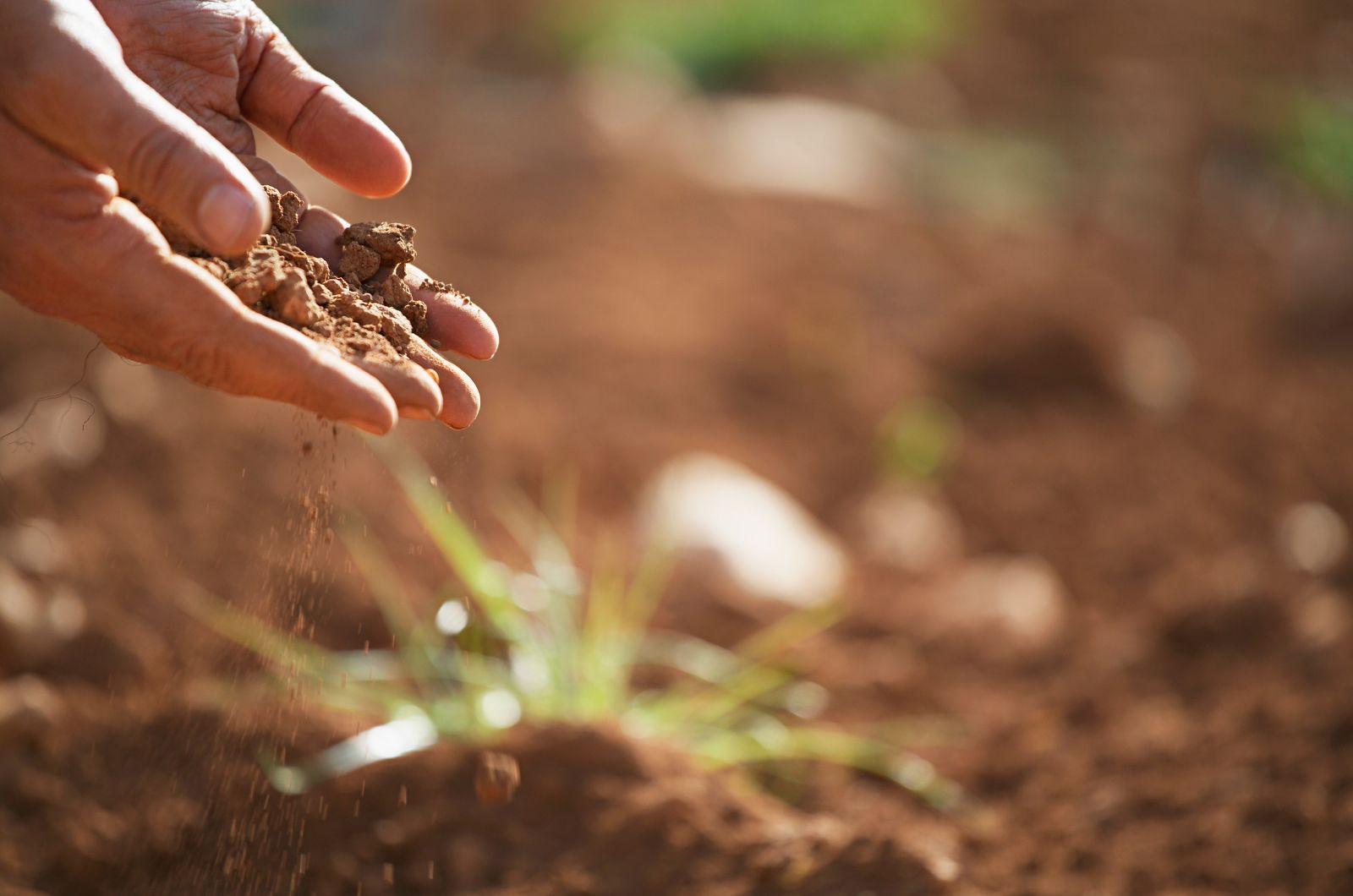Before I embarked on my gardening journey, I thought the soil found in our gardens was all our plants needed. I’ve heard of compost, topsoil, and mulch but didn’t realize their differences and importance.
I didn’t have much info on soil back then, so all I know right now is the result of trial and error. Honestly, I don’t want any new gardener to experience their journey that way, so I decided to help you and show you all you need to know about soil.
So, in this article, I’ll teach you how to choose the right soil for your garden, understand the differences between soil components, and what makes the soil complete.
Let’s get started!
Understanding Soil
When you take a handful of soil, you need to know that you aren’t holding a single component. It contains organic matter, which refers to decomposed plant material, such as leaves, branches, and roots.
Apart from organic matter, the soil includes organisms that are responsible for decomposition and similar processes.
The materials typically found in soil include clay or sand and, in some cases, rock particles.
So what’s the best type of soil for your prized plants? First, your growing substrate must be fertile enough and contain all the nutrients needed for the healthy development of your green buddies.
But bear in mind that the ratio of nutrients in the soil must be balanced so that the plants can uptake all of them.
Second, the best soil retains enough moisture – not too loose and not too compact. If the soil is too compact and retains too much moisture, the roots of plants can’t spread properly and you risk waterlogging, which can be detrimental to plants.
On the other hand, the soil shouldn’t be too loose, i.e., sandy because it doesn’t hold enough moisture and we all know that plants can’t live without water.
You can’t use the same soil type for in-ground and potted plants because the conditions dictate the amount of moisture and nutrients the plants need.
Topsoil Isn’t The Best Choice
The best idea would be to take a shovel, dig the soil you have in your garden now, and plant the desired species.
Unfortunately, reality is way different, and what you have in your garden right now is actually the topsoil. This upper layer of soil typically doesn’t include all the nutrients your plants need.
In most cases, the topsoil is either too sandy or too clay, and we’ve already discussed the dangers of such textures.
Leaves and other materials may not have decomposed yet and reached your soil, unless you didn’t use the soil over the years and it was covered in such materials.
You’ll most likely need to amend your topsoil to make it more nutritious and improve its capacity to drain or retain moisture.
Consider Garden Bed Mix
If this is your first gardening experience, you could purchase a ready garden bed mix. It’s available in nurseries and you can easily find it online.
However, the biggest drawback of this soil is that it’s pretty pricey and is sold by the cubic foot. This means you’ll need to think in cubic feet and calculate the amount you need carefully.
The great thing about this soil is that it has enough nutrients, retains moisture well, and has excellent drainage.
If you’re interested in completely organic garden bed mixes, you should be aware that they’re very expensive. I recommend using them for the first year only and then amending your soil every year by yourself using only the necessary ingredients.
Compost Isn’t Enough
How many times have you heard of homemade compost and the benefits of compost in general? Since it contains a lot of nutrients, you may ask yourself why we don’t use this material alone?
The thing is that this substance does contain all the nutrients, but its texture may not be the best for your plants. Your soil still needs to include sand or clay to be complete.
This is why we only apply a layer of compost to the surface of the soil so that the nutrients can reach the soil after watering or rain.
The soil loses volume over time because of erosion, and this is when applying a layer of compost is beneficial.
If you don’t plan to make your own compost, the good news is that it’s available nowadays as a result of city programs and doesn’t cost a fortune.
Research this option in your city and, if you’re lucky, you can get compost for free.
Potting Mixes For Potted Plants
When you visit a garden center, you’ll notice the different types of soils for specific plant species. For instance, there’s soil for cactus, aroids, veggies, etc.
The difference is mainly in the texture of the soil and its ability to retain moisture since some plants are more sensitive to compacted soils.
Perlite, pumice, vermiculite, and orchid bark are some of the ingredients you may find in these soils, and their purpose is mainly to regulate moisture.
You’ll also notice that many gardeners, including me, recommend using planters with drainage holes. Their purpose is to allow the excess water to drain and prevent waterlogging, which can affect your plants severely.
If you’re interested in container gardening, you should know that you’ll need to change the soil every now and then because your plants will use up the nutrients and affect drainage.
Seed-starting Mix Is A Must Have
Starting plants from seeds is definitely my favorite part of gardening because it gives you an opportunity to observe the entire growing process.
But you should know that seeds, no matter which plant, require specific conditions to germinate. And by conditions, I mean the soil and nutrient levels present in it.
Additionally, the texture of the soil must be adjusted because seeds can’t germinate if there’s too much or not enough moisture.
Some growers use potting mixes for seeds and, while seeds can germinate in such conditions, they can be burned by fertilizers found in ready potting mixes.
To avoid all issues, I highly recommend using seed-starting mixes because they contain all your seeds need and will give you healthy and robust plants.
Soil Type You Need
So, how to choose the perfect growing substrate for your garden? Your goal is to ensure healthy soil with excellent drainage, enough nutrients, and the ability to retain moisture.
Always start with a soil test because it will help you determine the nutrient levels and which ingredients to add to make it more fertile.
When preparing your soil, add free-draining ingredients to improve drainage and nutrient-rich ingredients, such as compost.
Don’t forget to remove weeds and carefully inspect for pests so that your plants can develop healthily and reward you with tasty crops of stunning blossoms and leaves!

